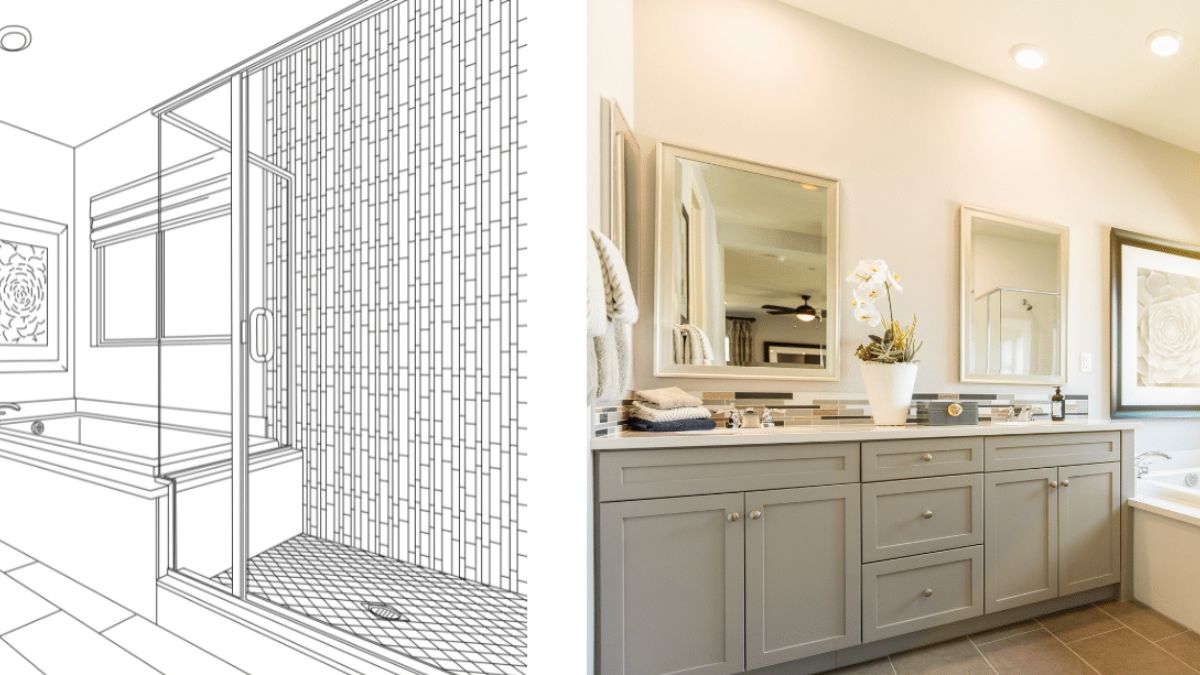Key Takeaways:
- Effective budgeting is crucial for a successful home remodel.
- Prioritizing projects and materials can help manage costs.
- Research and flexibility allow for more sustainable choices.
Table of Contents
The Importance of Budgeting in Home Renovations
Embarking on a whole-home remodel is an exciting journey filled with opportunities to enhance your living space. However, without a solid budget, the excitement can quickly turn into a financial burden. It is essential to carefully estimate your expenses in order to prevent unanticipated costs during the project. Whether working with a remodel contractor near me or managing it yourself, having a clear financial blueprint directs the renovation flow efficiently.
Budgeting ensures that your project’s scope aligns with your financial capacity, helping to prevent overspending. Being informed about potential costs and setting limits can facilitate better decision-making, enabling you to allocate resources effectively across various parts of the remodel. The budgeting process can be meticulous, but it pays off in delivering a satisfactory renovation outcome.
Setting Realistic Goals
When you start planning your home remodel, it’s crucial to set realistic goals. Assessing your current needs, the scale of renovation, and plans for the house lays the foundation for setting achievable objectives. Consider lifestyle changes, family growth, or potential resale value improvements. Establish goals that focus on immediate functionality and reflect long-term visions for your home.
A detailed understanding of your goals helps in setting priorities. For example, enhancing the kitchen’s functionality might be more urgent than updating a guest room’s aesthetics. This targeted approach to setting goals supports a more coherent and effective use of your budget, allowing you to channel resources to areas with the most impact. By doing so, you ensure that your remodel fulfills immediate requirements and sets the stage for future enhancements.
Prioritizing Projects
With a comprehensive budget and clear goals, the next step is to prioritize different aspects of your remodel. Identifying high-impact areas essential for the home’s core functionality can guide you in making informed decisions. Kitchens and bathrooms often yield high returns in terms of resale value, making them ideal initial focuses.
It’s wise to break down the entire remodel into smaller, prioritized tasks that can be tackled individually. This approach allows for more precise financial management and helps to maintain project momentum. According to sources on profitable home upgrades, emphasizing transformations that boost efficiency and attractiveness will keep your budget and expectations in check. Having a structured priority list also clarifies decision-making, eliminating the chaos and stress often associated with large-scale home renovations.
Researching Materials and Labor
Materials and labor are among the most substantial areas of expenditure in a home remodel. Conducting thorough research and comparing costs can expose potential savings. Explore different material options and seek quotes from various contractors to ensure you receive competitive prices. Relying solely on premium materials can quickly deplete your budget, so balancing quality and cost is fundamental.
Selecting durable and sustainable materials can also reduce long-term costs. For instance, choosing energy-efficient windows or water-saving appliances can lower future utility bills. As noted in a guide to energy-efficient design, these decisions can harmonize initial spending with future savings, delivering immediate and lasting financial benefits. Diligent research is key to making informed choices that align with your financial plan, ensuring that every dollar spent contributes to creating a home that meets your vision.
Building in Flexibility
Even the best-laid plans may encounter unexpected twists. It’s wise to incorporate flexibility within your budget. Allocating a 10% to 20% contingency fund of your total budget can help cover unforeseen circumstances, such as delays or essential repairs. This buffer is essential to handle any hiccups along the way without compromising your remodel’s overall quality or scope.
Using a flexible approach enables you to adjust to shifting circumstances without causing the project to fail. It offers peace of mind and ensures continuity, even when the project hits a snag. Flexibility enables you to make aesthetic or design adjustments on the go, should you discover new and exciting opportunities to enhance your home’s final look. This adaptability is invaluable, as it empowers you to embrace creativity while adhering to financial discipline, thus enriching the remodeling experience.

